BioShock 2 came out fifteen years ago today and, in that time, we have completely redefined what it means to be a sequel to a big, successful game.
When BioShock 2 launched in 2010, it was a pretty normal sequel. The 2K Marin-developed imsim took two-and-a-half years to develop. It was about the same size as its predecessor. It retreaded similar ground. And it served more as a mechanical refinement, not an entirely new direction for the series. If it came out today, it’s the kind of game that players would derisively refer to as BioShock 1.5.
What’s Wrong With BioShock 1.5 Anyway?
But for most of the half-century that games have existed, sequels have been iterative, with relatively minor tweaks on their predecessor’s formula. Eventually, a big game-changer would come along, but it wasn’t usually the first follow-up. Some sequels, like Zelda 2: The Adventure of Link and Super Mario Bros. 2 (both versions) messed with their predecessor’s formula in major ways. But many others offered more of the same, with minor improvements.
Ms. Pac-Man. Doom 2. Donkey Kong Country 2. Spyro 2. These are games that offer another serving of what you liked the first time around. The mechanics were often refined, but not wildly different. Even in the late 2000s and early 2010s, games were still following this trend. New Rock Band and Guitar Hero games weren’t vastly different from their predecessors, and once Assassin’s Creed 2 established the series’ blueprint, the following games largely remained iterative until Origins.
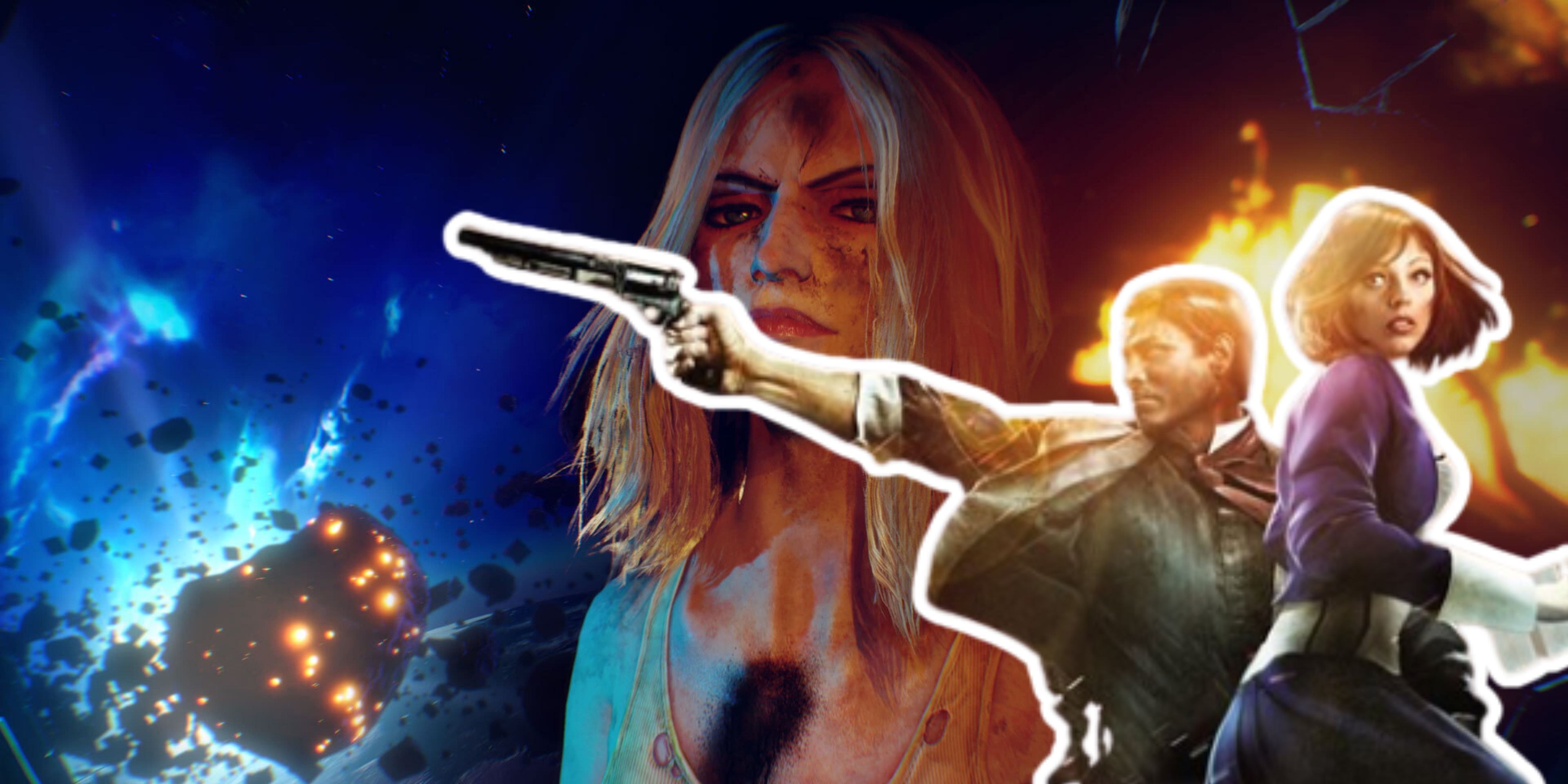
Related
BioShock Infinite’s Ending Has Me Worried For Judas
Ken Levine has been praising Infinite’s ending, but still misses why it hit people so hard.
Longer Development Cycles Mean Bigger Expectations
Over time, expectations have risen. We now expect a sequel to be a huge event, not a stopgap. This isn’t entirely new — Valve handled Half-Life 2 the same way, waiting six years to follow up on its debut hit — but the majority of sequels being treated this way is new, and it’s a product of swelling development cycles. When games take five years to make, players aren’t going to be satisfied with incremental change. For example, I love The Last of Us series. But given that Intergalactic is Naughty Dog’s next game, The Last of Us Part 3 might not come out until 2030 or later. And if you’ve waited a decade for something, you want it to be worth the wait. When studios could pump out a sequel in a year, there was less pressure to make something era-defining. They could just, y’know, make a game.
This method of refinement lives on in the Like a Dragon series, which gets new, iterative entries every year or two.
If BioShock 2 came out in 2025, it would get the Spider-Man: Miles Morales treatment. 2K would make it abundantly clear that it was not a sequel. It would keep the 2 as far away from the title as humanly possible, and it would mandate it be called something like BioShock: Return to Rapture or BioShock: Big Daddy. Like Miles Morales, BioShock 2 is a return to the setting that defined the first game, but seen through the eyes of a different character.
BioShock Infinite Predicted Our Future
15 years later, every sequel is more like BioShock Infinite. That isn’t to say that Infinite has been influential on game design in a meaningful way. Rather, Ken Levine’s approach to making sequels — take forever attempting to reinvent the wheel, then reduce the scope for something bigger and shinier, but ultimately pretty similar — has become de rigueur.
Infinite had all sorts of big ideas while it was in development — enough for “five or six full games” — but many were scaled back so that it could finally ship. It reminds me of how The Last of Us Part 2‘s world design was originally Bloodborne-inspired and the combat was more melee focused before Naughty Dog reverted to the mean established by the first game. When games take seven years to come out, you don’t want to alienate fans by taking huge gameplay risks.
Especially if, in Part 2’s case, you’re already going to be alienating some fans with ambitious storytelling choices.
When I think back to BioShock 2, I think of a different era of triple-A video games. It was a time when you could expect news about a sequel to a game you loved within a year or two. That sequel might not be especially ambitious — though some were — but you would actually be able to play it while you were in the same stage of life as you were when its predecessor came out. As we look forward to sequels like The Elder Scrolls 6 and GTA 6, which need to deliver on ambition to make up for decade-plus waits, I can’t help but feel nostalgic for the industry that gave us BioShock 2.
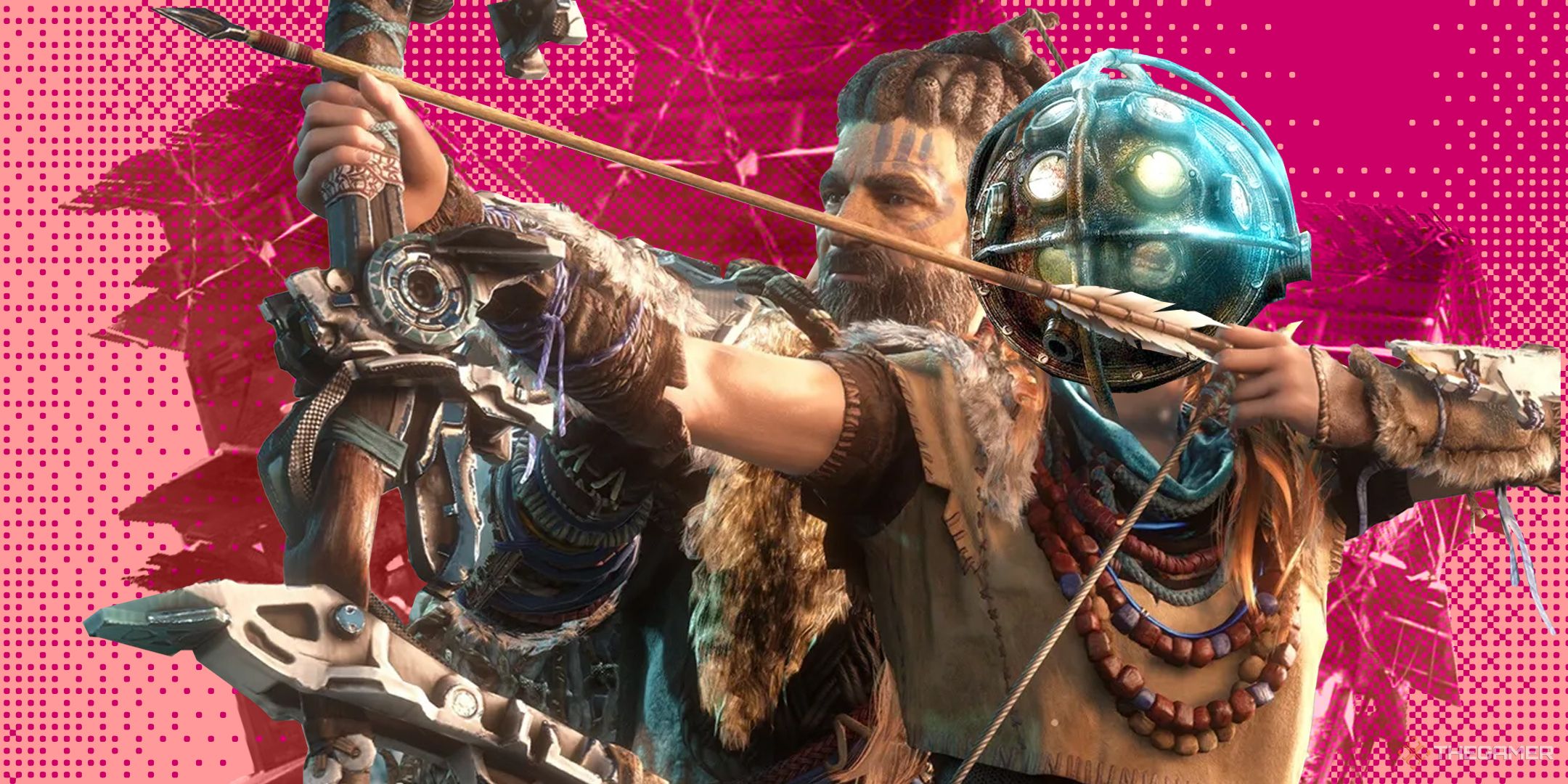
Next
Will BioShock 4 Be Open-World? And Will It Suck?
Nobody knows for sure, but it looks like we’ll find out soon.
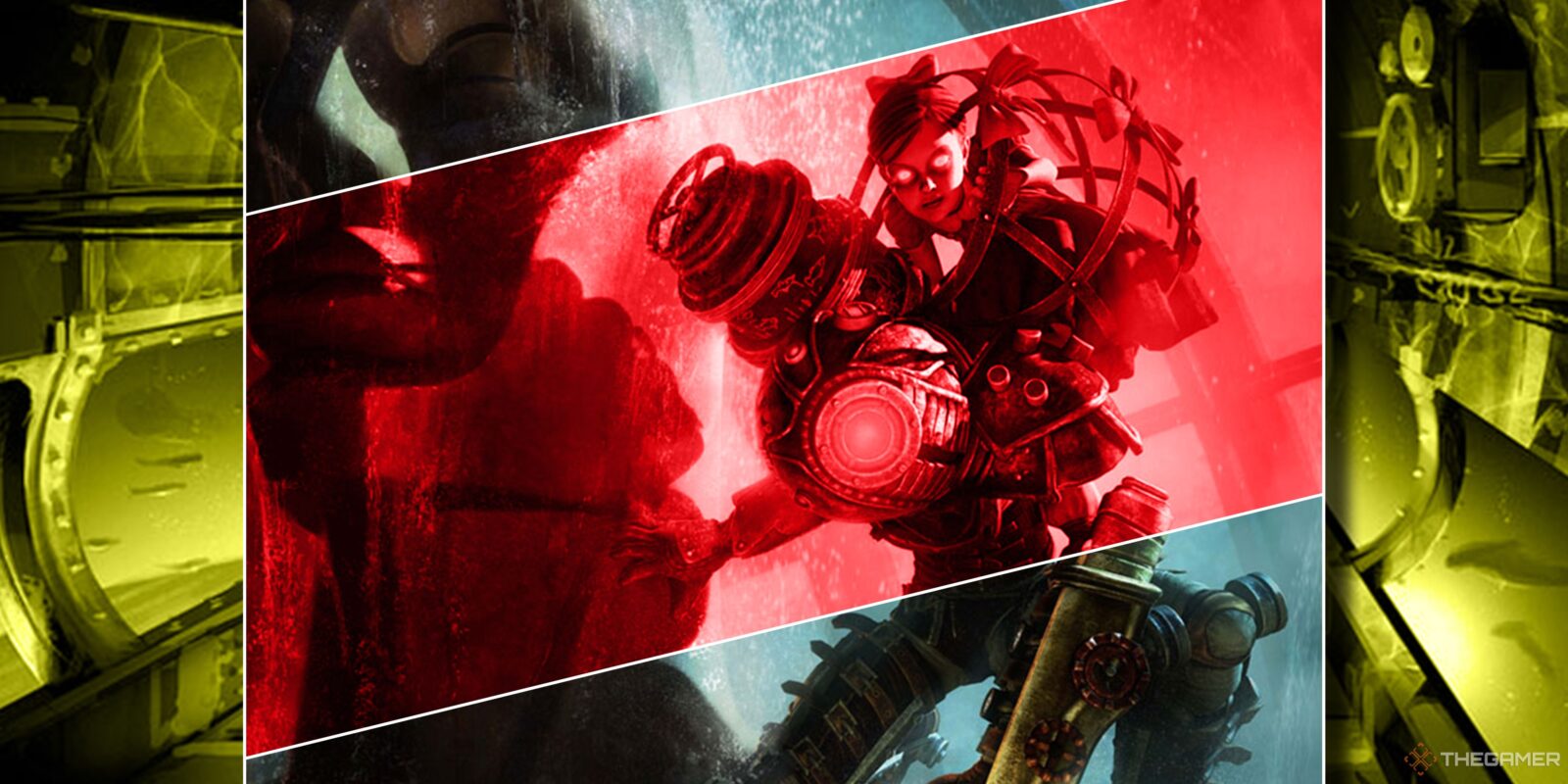

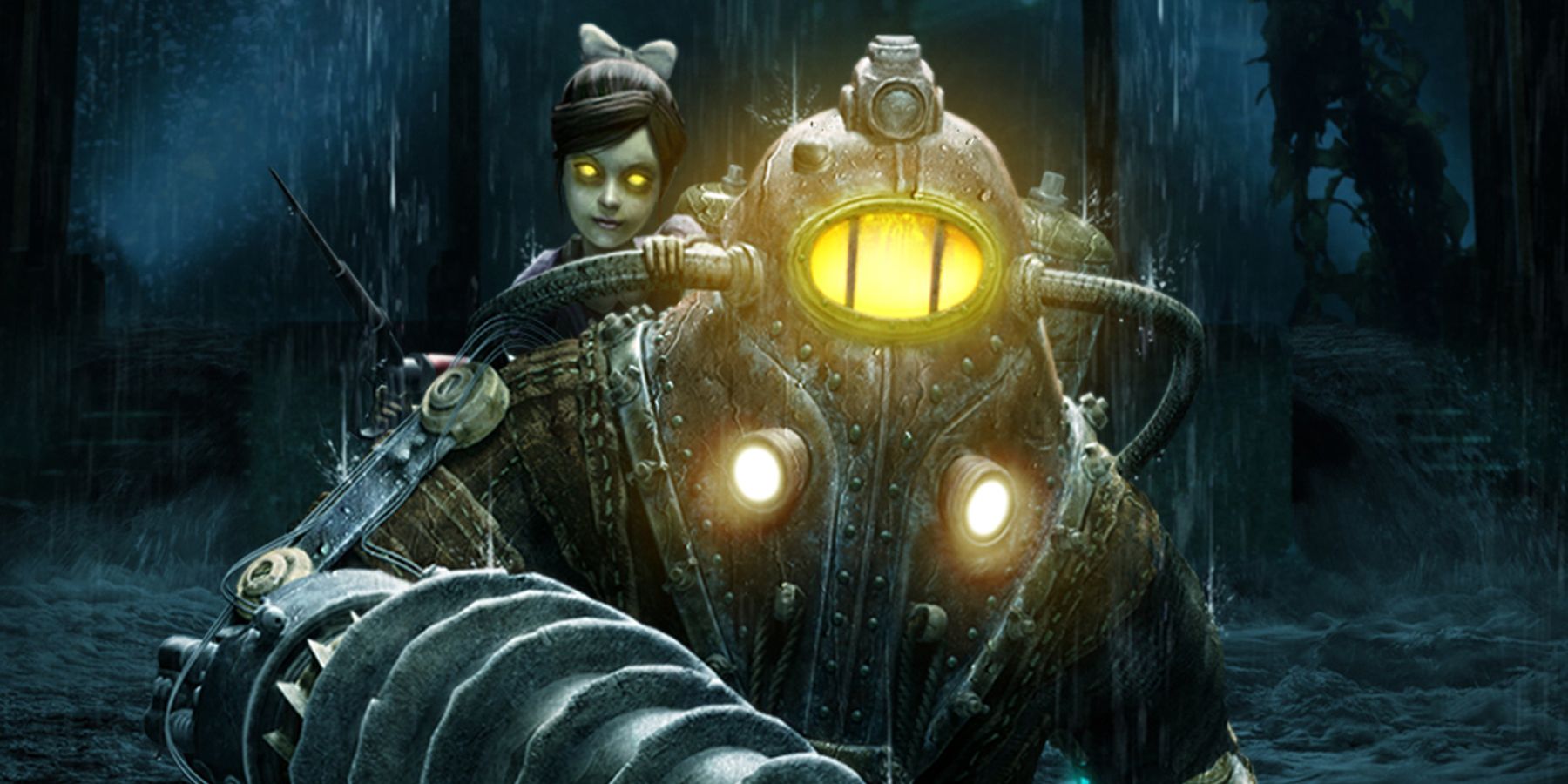
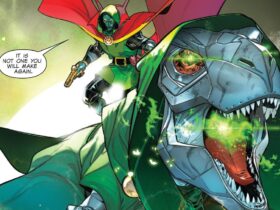

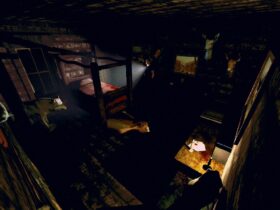



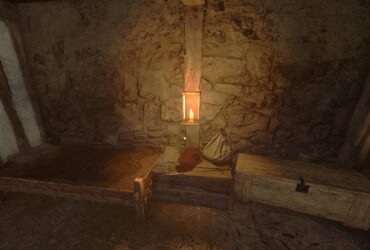


Leave a Reply